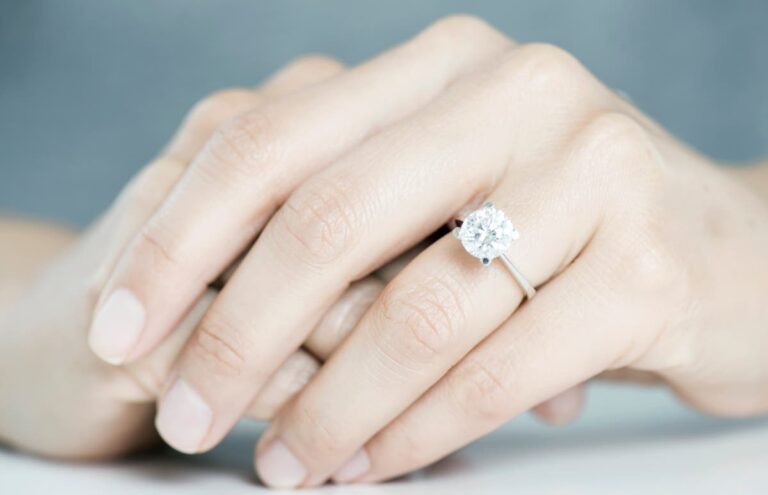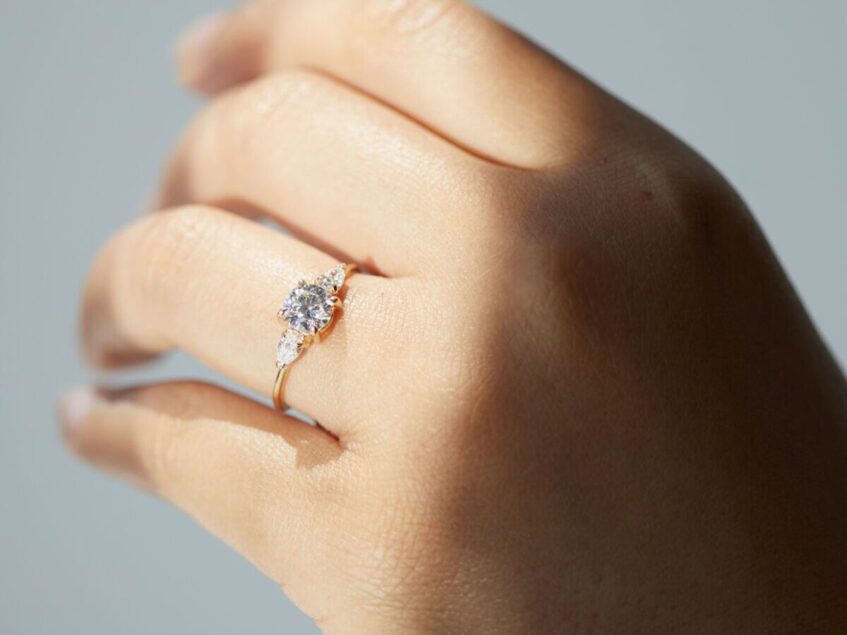Choosing an engagement ring is one of the most important purchases a person can make. It is essential to think about the ring’s design and quality. Diamonds are usually used in engagement rings, and it is beneficial to understand how to judge the quality of a diamond regardless of size or carat weight.
The 4 Cs of Diamond Quality
When it comes to engagement rings, quality is of the utmost importance. A good quality ring should be beautiful, durable, and timeless. Moissanite engagement rings are the most popular choice for engagement rings, and there is an accepted industry standard metric – the 4 Cs of diamond quality – that can help shoppers make an educated purchase decision. Below are the four major criteria that jewelers use to evaluate diamonds.
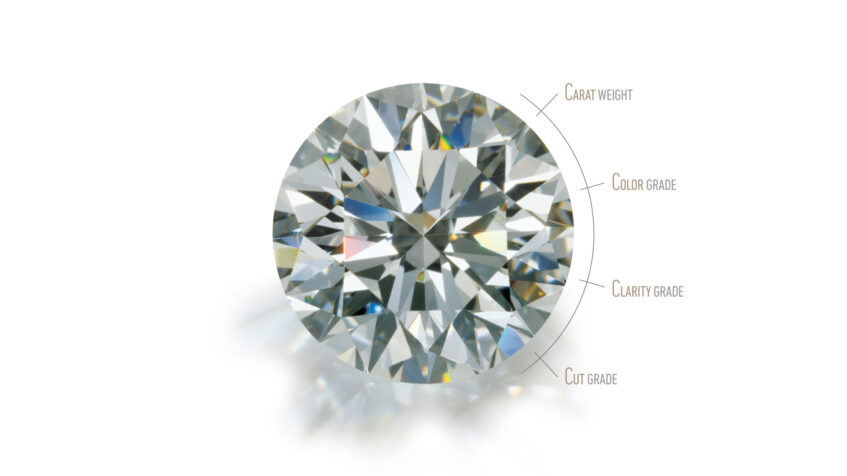
The four Cs stand for Cut, Carat weight, Clarity, and Color.
- Cut: This refers to the angles, proportions, and symmetry of the diamond. A well-cut stone will refract light in a spectacular way that can make a single stone seem more brilliant than many poorly cut stones together. It is often described as “sparkle”.
- Carat weight: This is a measure of size—not necessarily a measure of quality—and is determined by weighing diamonds on an extremely accurate scale calibrated in carats (a unit measurement of weight). Shoppers should watch out for larger stones that may not have been cut optimally or possess other flaws which could adversely impact brightness and overall beauty.
- Clarity: A marker of true craftsmanship, clarity measures how free the diamond appears from any blemishes or visual distractions on its surface or internally when viewed under 10x magnification by an experienced grader. Diamonds with higher clarity ratings often cost more because they contain fewer imperfections than their lower-rated counterparts.
- Color: Inverse from clarity ratings, this metric assigns grades “D” through ‘Z’” with D-colored diamonds being totally colorless and Z-colored having light yellow/brown tints that are visible to the naked eye (ranges vary depending on some factors). Typically only experienced professionals can tell minor color differences between two stones due to the specialized equipment needed. Also, be aware that deep blue/pink/yellow hues found in certain gemstones could also affect pricing and desirability.
The Clarity
When determining the clarity of a diamond, jewelers use the GIA International Diamond Grading System™ which is composed of 11 clarity grades. The scale goes from FL (Flawless) to I3 (Included).
- FL (Flawless): A truly flawless diamond is extremely rare. The inclusions and surface defects are imperceptible even under 10x magnification.
- IF (Internally Flawless): After being examined through a 10x magnifying loupe, an Internally Flawless gem will show no inclusions but some minor external blemishes.
- VVS1 and VVS2 (Very Very Slightly Included): In these grades, it takes a skilled gemologist with specialized equipment to locate the few slight blemishes that are present either on or inside the stone.
- VS1 and VS2 (Very Slightly Included): This grade contains small inclusions that can be seen under 10x magnification, but they will not be visible to the naked eye.
- SI1 and SI2 (Slightly Included): Stones with these clarity levels are still generally eye-clean; meaning that any inclusions seen under 10x magnification will be invisible without being further magnified by the human eye.
- I1, I2, and I3 (Included): In this lowest clarity level, all inclusions can usually be seen without magnification as well as blemishes on the surface of the diamond.
The Cut
The cut of a diamond is one of the most important factors when choosing an engagement ring. A diamond’s cut directly affects the sparkle and luster that makes it so special. They are graded on a scale of Excellent, Very Good, Good, Fair, and Poor.
An excellent or very good cut can maximize brilliance and fire, resulting in a visually bigger diamond with more sparkle than one with a lower-grade cut. When looking for an engagement ring, it’s important to ensure its quality by checking for symmetry, polish, and the amount of light reflected inside the diamond after it has been set in the finished jewelry piece.
It’s important to remember that each cut has its own unique shape which can influence your decision when selecting an engagement ring; round cuts are classic and timeless whilst princess cuts often appear larger due to their square shape but lack some fire from their shorter pavilion angles. Furthermore, marquise-cut diamonds have long faces making them appear bigger and have a visible fire due to their long pavilion angles but similarly lack brilliance along their pointed tips unless they are expertly crafted by experienced jewelers.
The Color
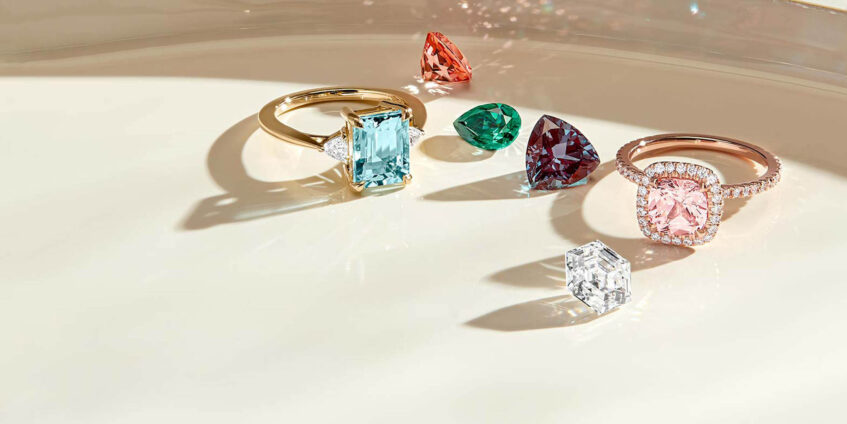
One of the simplest ways to determine the quality of an engagement ring is by looking at the color of its stone. When looking for a quality ring, opt for diamonds with a near-colorless grade. Grade D diamond is considered colorless; E or F-grade if it’s still considered near-colorless, but you may also find them in G, H, or I grade with transparent ranges and just a hint of color in reflected light. This can really depend on particular preferences and tastes, but it’s important to do your research beforehand and understand what you like best before making a decision.
It’s significantly more expensive to get a higher-grade diamond, but it can be worth it – as this will ensure stunning clarity when light passes through the stone.
The Carat Weight
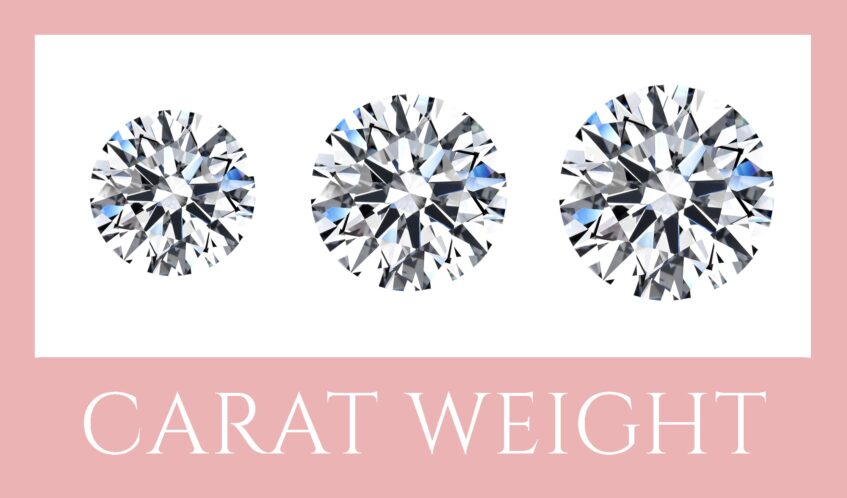
Carat refers to the unit of weight used to measure diamonds and other gemstones. A single carat is equal to 200 milligrams, or 0.2 grams. A higher carat weight typically translates into a larger diamond, though this is not always true – when two diamonds have similar cuts, the one with a heavier carat weight will appear larger because it has more mass.
Conclusion
Finding the perfect engagement ring can be overwhelming, so use these tips to determine if your diamond is the perfect combination of quality and value:
- Familiarize yourself with the Four Cs – clarity, color, cut, and carat weight – as most diamonds are rated on those measures.
- Check for certification from reputable sources such as GIA or HRD Antwerp.
- Research the best stones and tend to lean toward classic shapes such as round brilliant cuts; this will add extra resale value in case you ever wish to re-sell your diamond down the line.
- Finally, compare prices before buying and look for sales or other deals that may give you an excellent value!

